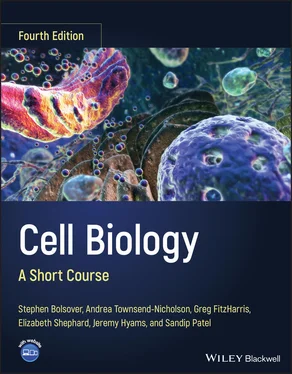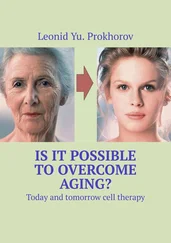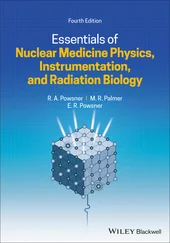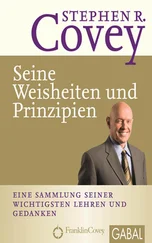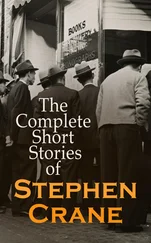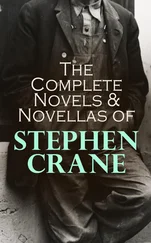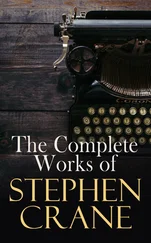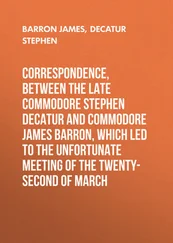Stephen R. Bolsover - Cell Biology
Здесь есть возможность читать онлайн «Stephen R. Bolsover - Cell Biology» — ознакомительный отрывок электронной книги совершенно бесплатно, а после прочтения отрывка купить полную версию. В некоторых случаях можно слушать аудио, скачать через торрент в формате fb2 и присутствует краткое содержание. Жанр: unrecognised, на английском языке. Описание произведения, (предисловие) а так же отзывы посетителей доступны на портале библиотеки ЛибКат.
- Название:Cell Biology
- Автор:
- Жанр:
- Год:неизвестен
- ISBN:нет данных
- Рейтинг книги:3 / 5. Голосов: 1
-
Избранное:Добавить в избранное
- Отзывы:
-
Ваша оценка:
- 60
- 1
- 2
- 3
- 4
- 5
Cell Biology: краткое содержание, описание и аннотация
Предлагаем к чтению аннотацию, описание, краткое содержание или предисловие (зависит от того, что написал сам автор книги «Cell Biology»). Если вы не нашли необходимую информацию о книге — напишите в комментариях, мы постараемся отыскать её.
Cell Biology: A Short Course
Cell Biology: A Short Course
Cell Biology: A Short Course
Cell Biology — читать онлайн ознакомительный отрывок
Ниже представлен текст книги, разбитый по страницам. Система сохранения места последней прочитанной страницы, позволяет с удобством читать онлайн бесплатно книгу «Cell Biology», без необходимости каждый раз заново искать на чём Вы остановились. Поставьте закладку, и сможете в любой момент перейти на страницу, на которой закончили чтение.
Интервал:
Закладка:
Four bases are found in DNA; they are the two purines guanine(G) and adenine(A) and the two pyrimidines thymine(T) and cytosine(C) ( Figure 3.2). The lines represent covalent bonds formed when atoms share electrons, each seeking the most stable structure.
The combined base and sugar is known as a nucleosideto distinguish it from the phosphorylated form, which is called a nucleotide. Four different nucleotides are used to make DNA. They are 2′‐deoxyguanosine‐5′‐triphosphate (dGTP), 2′‐deoxyadenosine‐5′‐triphosphate (dATP), 2′‐deoxythymidine‐5′‐triphosphate (dTTP), and 2′‐deoxycytidine‐5′‐triphosphate (dCTP).
DNA molecules are very large. The single chromosome of the bacterium Escherichia coli is made up of two strands of DNA that are hydrogen‐bonded together to form a single circular molecule comprising 9 million nucleotides. DNA molecules in eukaryotes are even larger: the DNA molecules in humans comprise on average 260 million nucleotides, and a cell has 46 of these massive molecules, each forming one chromosome. We inherit 23 chromosomes from each parent. Each set of 23 chromosomes encodes a complete copy of our genomeand is made up of 6 × 10 9nucleotides (or 3 × 10 9 base pairs– see below).
Figure 3.3illustrates the structure of the DNA chain. As nucleotides are added to the chain by the enzyme DNA polymerase( Chapter 4), they lose two phosphate groups. The last (the α phosphate) remains and forms a phosphodiester bond between successive deoxyribose residues. This bond is formed between the hydroxyl group on the 3′ carbon of the deoxyribose of the last nucleotide in the DNA chain and the α‐phosphate group attached to the 5′ carbon of the nucleotide that the polymerase will add to the chain. The linkage gives rise to the sugar‐phosphate backbone of a DNA molecule. A DNA chain has polarity because its two ends are different. In the first nucleotide in the chain, the 5′ carbon of the deoxyribose is phosphorylated but otherwise free. This is called the 5′ end of the DNA chain. At the other end is a deoxyribose with a free hydroxyl group on its 3′ carbon. This is the 3′ end.
IN DEPTH 3.1 WE HAVE A SECOND GENOME IN OUR CELLS
The set of 23 chromosomes that we inherit from each parent encodes a complete copy of our nuclear genome that resides in the nucleus of our cells. We have a second genome that resides in our mitochondria – the energy‐producing organelles inside our cells. Unlike our large nuclear genome, which is organized in linear chromosomes, our mitochondrial genome is circular and only 16 569 base pairs in length. The mitochondrial genome contains 37 genes but only 13 of these encode proteins. These proteins are all involved in mitochondrial energy production. While nuclear genomes are inherited from both parents, our mitochondrial genome is always inherited maternally. This has allowed a prediction of “mitochondrial Eve,” the most recent female ancestor from whom all living humans descend in the matrilineal line, estimated to have lived between 165 000 and 190 000 years ago.

 Figure 3.1.Adenine nucleotides. (a) Deoxyadenosine triphosphate. The H on the 2′ carbon of the ribose ring is circled. (b) Adenosine triphosphate. The OH group on the 2′ carbon of the ribose ring is circled.
Figure 3.1.Adenine nucleotides. (a) Deoxyadenosine triphosphate. The H on the 2′ carbon of the ribose ring is circled. (b) Adenosine triphosphate. The OH group on the 2′ carbon of the ribose ring is circled.
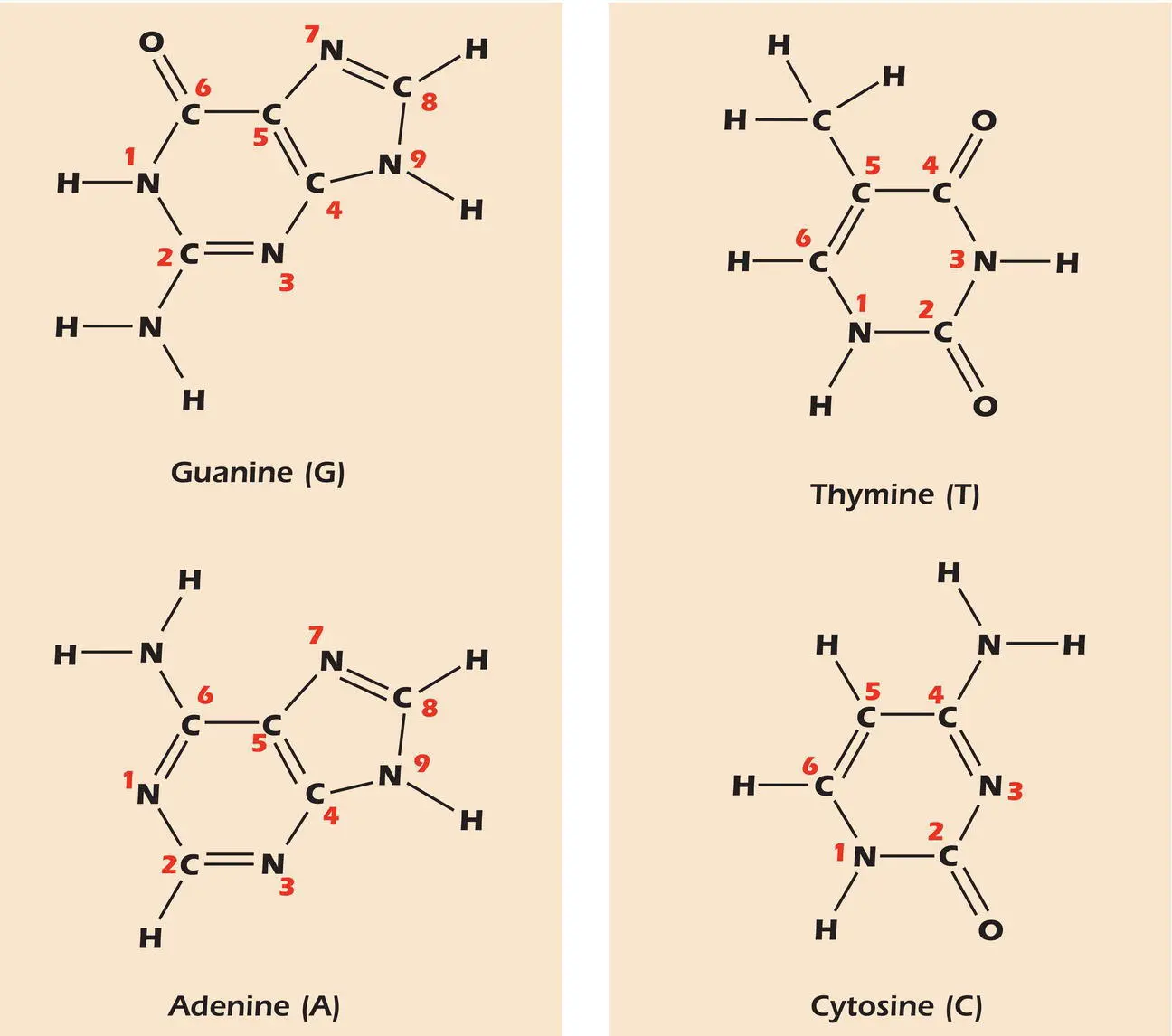
 Figure 3.2.The four bases found in DNA.
Figure 3.2.The four bases found in DNA.
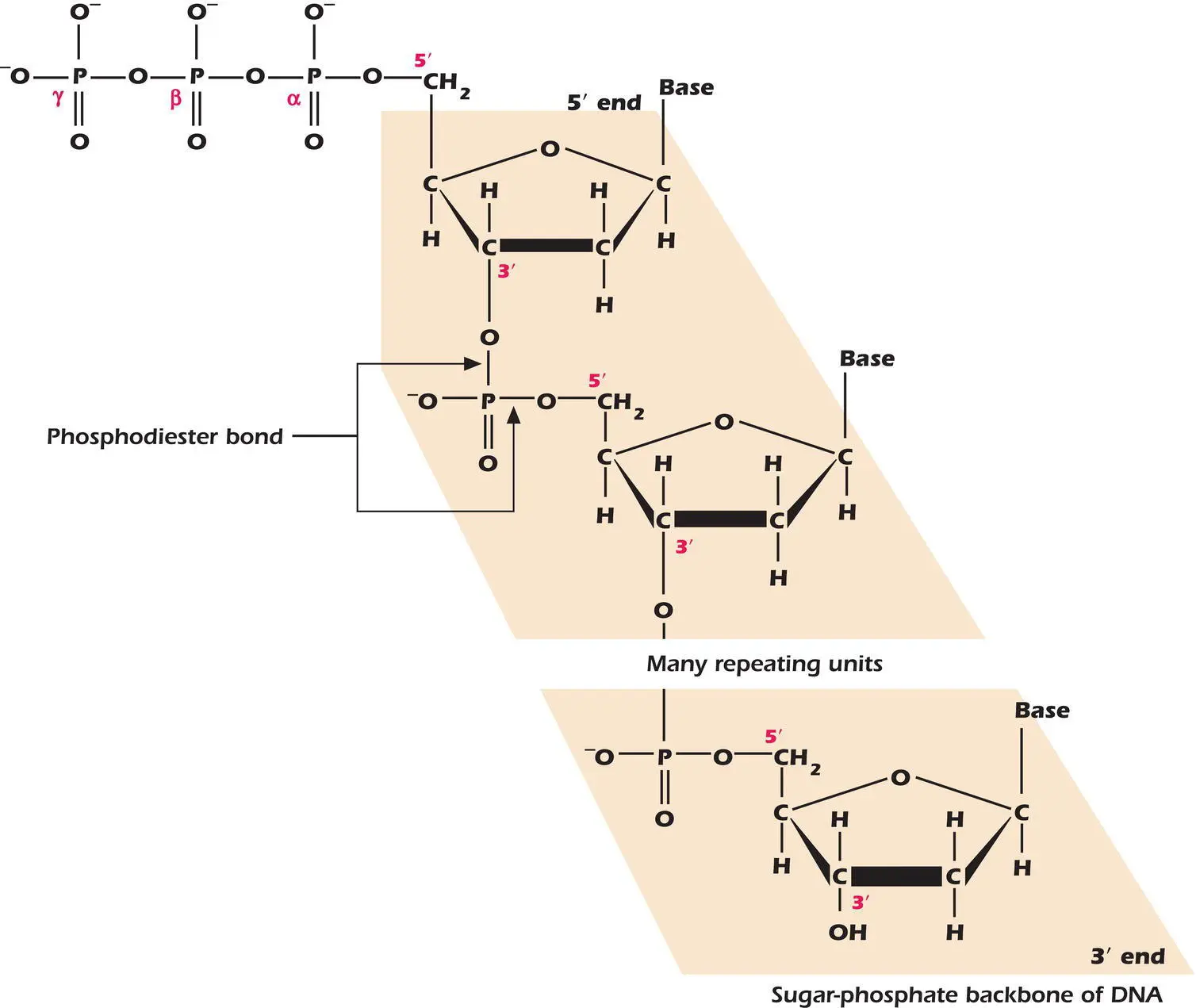
 Figure 3.3.The phosphodiester bond and the sugar‐phosphate backbone of DNA.
Figure 3.3.The phosphodiester bond and the sugar‐phosphate backbone of DNA.
The DNA Molecule Is a Double Helix
In 1953 Rosalind Franklin used X‐ray diffraction to show that DNA was a helical (i.e. twisted) polymer. James Watson and Francis Crick demonstrated, by building three‐dimensional models, that the molecule is a double helix ( Figure 3.4). Two hydrophilic sugar‐phosphate backbones lie on the outside of the molecule and the purine and pyrimidine bases lie on the inside of the molecule. There is just enough space for one purine and one pyrimidine in the center of the double helix. The Watson–Crick model showed that the purine guanine (G) would fit nicely with the pyrimidine cytosine (C). The purine adenine (A) would fit nicely with the pyrimidine thymine (T). Thus A always base pairs with T and G always base pairs with C.
Hydrogen Bonds Form Between Base Pairs
A hydrogen bondforms when a hydrogen atom is shared. The hydrogen bonds in an A–T and a G–C base pair ( Figure 3.4) form when the hydrogen attached to a nitrogen in one base gets close to an electron‐grabbing oxygen or nitrogen in the other base of the pair. The hydrogen bonds formed between the base pairs hold the DNA helix together. The three hydrogen bonds formed between G and C produce a relatively strong base pair. Because only two hydrogen bonds are formed between A and T, this weaker base pair is more easily broken. The difference in strengths between a G–C and an A–T base pair is important in the initiation of DNA replication (page 51) and in the initiation and termination of RNA synthesis (page 69).
DNA Strands Are Antiparallel
The two strands of DNA are said to be antiparallel because they lie in the opposite orientation with respect to one another, with the 3′‐hydroxyl terminus of one strand opposite the 5′‐phosphate terminus of the second strand. The sugar‐phosphate backbones do not completely conceal the bases inside. There are two grooves along the surface of the DNA molecule. One is wide and deep – the major groove – and the other is narrow and shallow – the minor groove ( Figure 3.4). DNA‐binding proteins can use the grooves to gain access to the bases and bind to specific sequences. This is important in initiating replication (page 51) and transcription (page 69) and is also used when manipulating DNA in the laboratory.
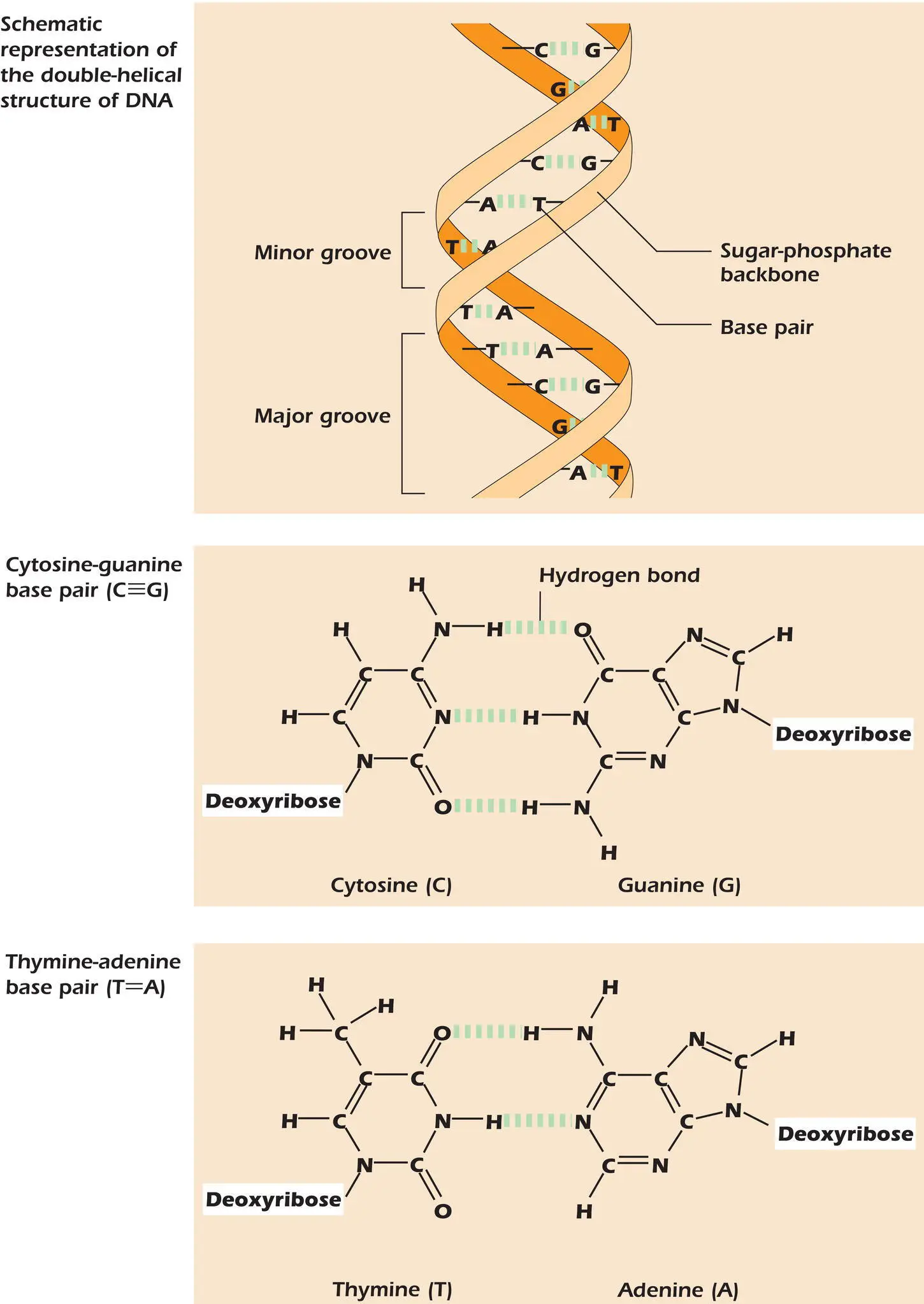
 Figure 3.4.The DNA double helix is held together by hydrogen bonds.
Figure 3.4.The DNA double helix is held together by hydrogen bonds.
Example 3.1 Erwin Chargaff's Puzzling Data
In a key discovery of the 1950s, Erwin Chargaff analyzed the purine and pyrimidine content of DNA isolated from many different organisms and found that the amounts of A and T were always the same, as were the amounts of G and C. Such an identity was inexplicable at the time but helped James Watson and Francis Crick build their double‐helix model in which every A on one strand of the DNA helix has a matching T on the other strand and every G on one strand has a matching C on the other.
Читать дальшеИнтервал:
Закладка:
Похожие книги на «Cell Biology»
Представляем Вашему вниманию похожие книги на «Cell Biology» списком для выбора. Мы отобрали схожую по названию и смыслу литературу в надежде предоставить читателям больше вариантов отыскать новые, интересные, ещё непрочитанные произведения.
Обсуждение, отзывы о книге «Cell Biology» и просто собственные мнения читателей. Оставьте ваши комментарии, напишите, что Вы думаете о произведении, его смысле или главных героях. Укажите что конкретно понравилось, а что нет, и почему Вы так считаете.
